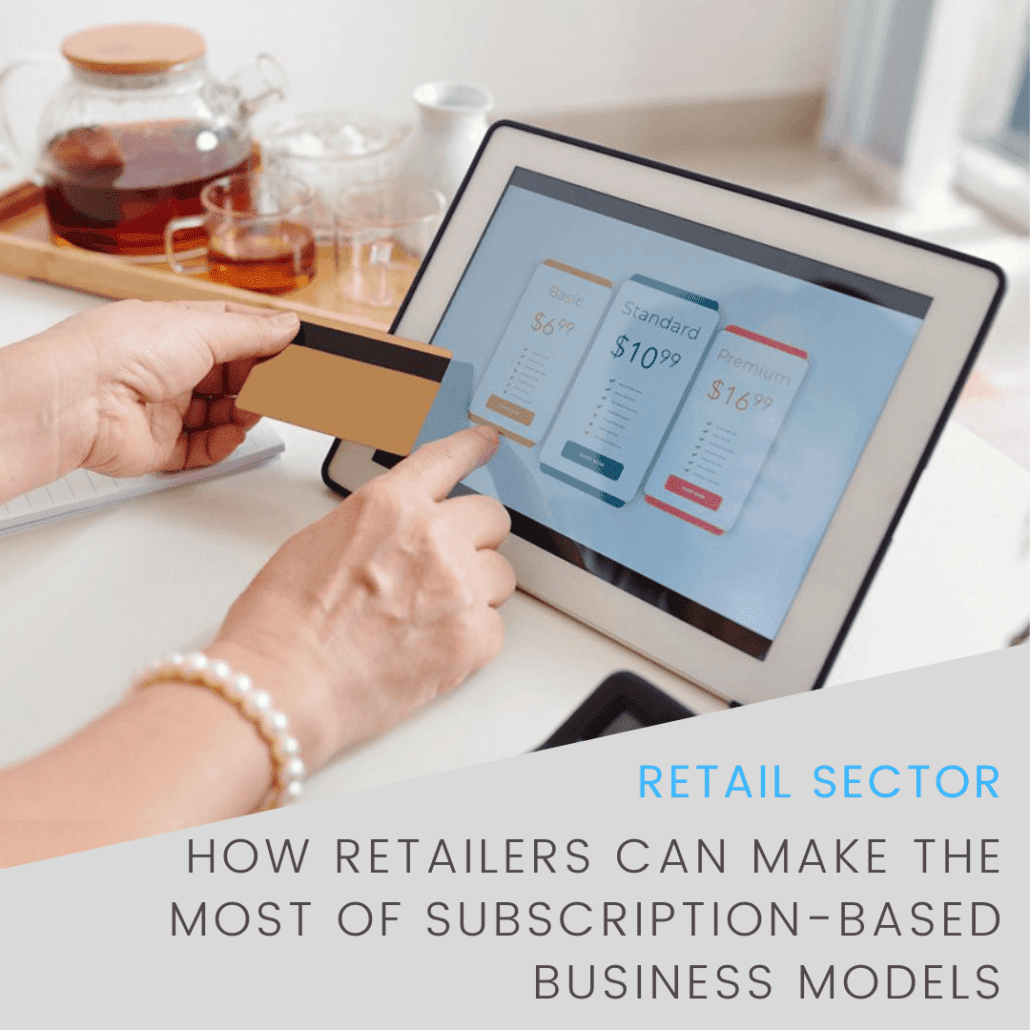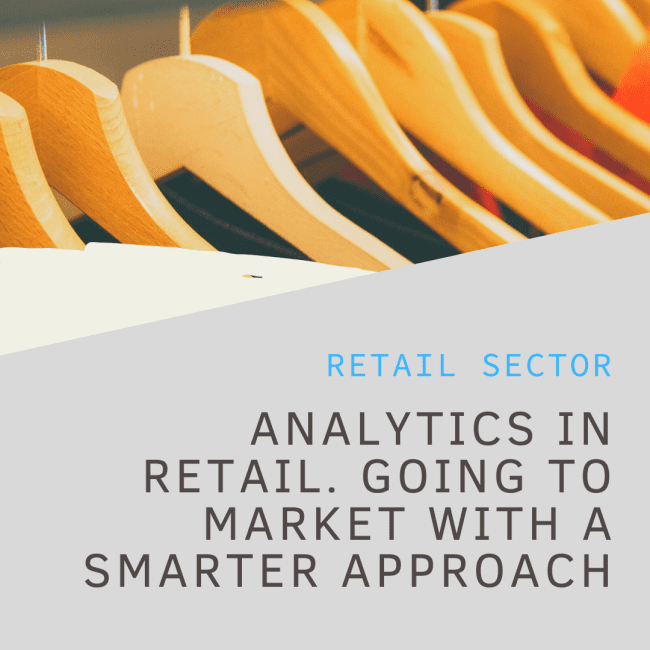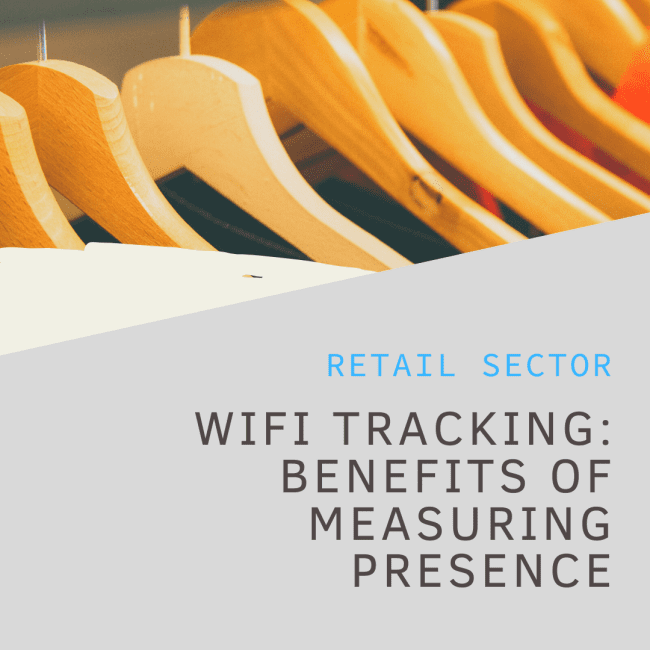Subscription-based business models are on the rise — and for good reason. Subscribers guarantee your business a steady flow of income and young consumers love the convenience of monthly deliveries or instant access services.
However, making the most of subscription-based models can be tricky. Consumers don’t typically sign up for more than one similar service at a time, so you’ll need to offer a great product/service at a competitive price.
Choosing which products to turn into a subscription package can be a headache, too, as fluctuations in variable costs can impact your bottom line.
As a retailer, you can reap the rewards of subscription selling by establishing a strong market strategy and launching a subscription service on an optimized, user-friendly digital platform.
Benefits of Retail Subscriptions-Based Business Models
Subscription-based selling is typically reserved for services like TV streaming and food deliveries. However, today, more consumers are hopping on the trend to buy clothes from their favorite brands.
Lululemon CEO, Calvin McDonald believes selling subscriptions can boost retail businesses‘ bottom lines. McDonald says that subscription models are flexible and retailers “can increase the price to the value of the program.” This means that Lululemon can adapt its subscription model in line with inflation and other market pressures without losing customers.
Retail subscriptions also give you a chance to test new merchandise with loyal customers. You can offer exclusive early releases to folks who sign up for your subscription model and should survey loyal consumers to find out which products perform best. This gives you an accurate, profitable focus group to tap into at all times.
Popularity with Gen Z
Subscription models are particularly popular with younger audiences like Gen-Z. Subscription packages usually offer savings that allow young consumers to get the products they want at a price they can afford.
Before rolling out your first subscription package, tailor your marketing to suit Gen-Z. When marketing to Gen-Z, make sure you support causes sincerely and follow through on your social justice commitments. 47% of Gen-Z say they prefer brands that take a stand on social issues. Major brands like Nike have boosted their profile by highlighting the work of Colin Kaepernick and Ric Muñoz.
You can follow suit by leaning into social media content that highlights your values and embraces inclusivity. Work with influencers from a range of backgrounds and focus on soft-selling.
Of course, you will need to embed links to your subscription services at some point. Make the most of your web presence by optimizing your site as a point of sale.
Selling Your Subscriptions
The subscription model can help you break into new markets and increase your appeal amongst younger consumers. However, subscription-based business models aren’t without their own unique challenges. You’ll need a clear financial plan to ensure that your packages remain profitable and should constantly update your offering to keep people on board.
Effectively implement your subscription model by determining which products from your range make the most sense to sell on a monthly or weekly basis. This may include things like exclusive ranges or early releases.
Establish a retention strategy to keep folks subscribed for longer. Monitor your competitors to see what they offer and try to cover any promotions they may offer. Keep track of your subscription performance and overlay fluctuations in sales with key events like competitors entering the market or changes in pricing.
Make sure you have a subscription platform that works for you and your customers. Ideally, a single app or web page should allow users to browse your offers and sign-up. You should be able to use this same platform to perform retail analytics, track leads, and identify issues like slow-to-load pages or technical errors.
Conclusion
Subscription-based business models can give your business a cash-flow boost. You’ll have reliable income every month and can keep customers happy by offering exclusive merchandise. Market this primarily to Gen-Z as young consumers are driving the subscription trend today.







